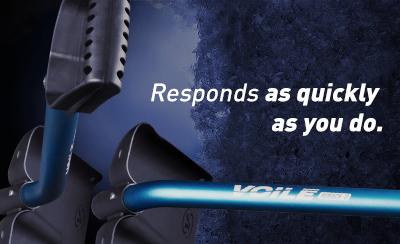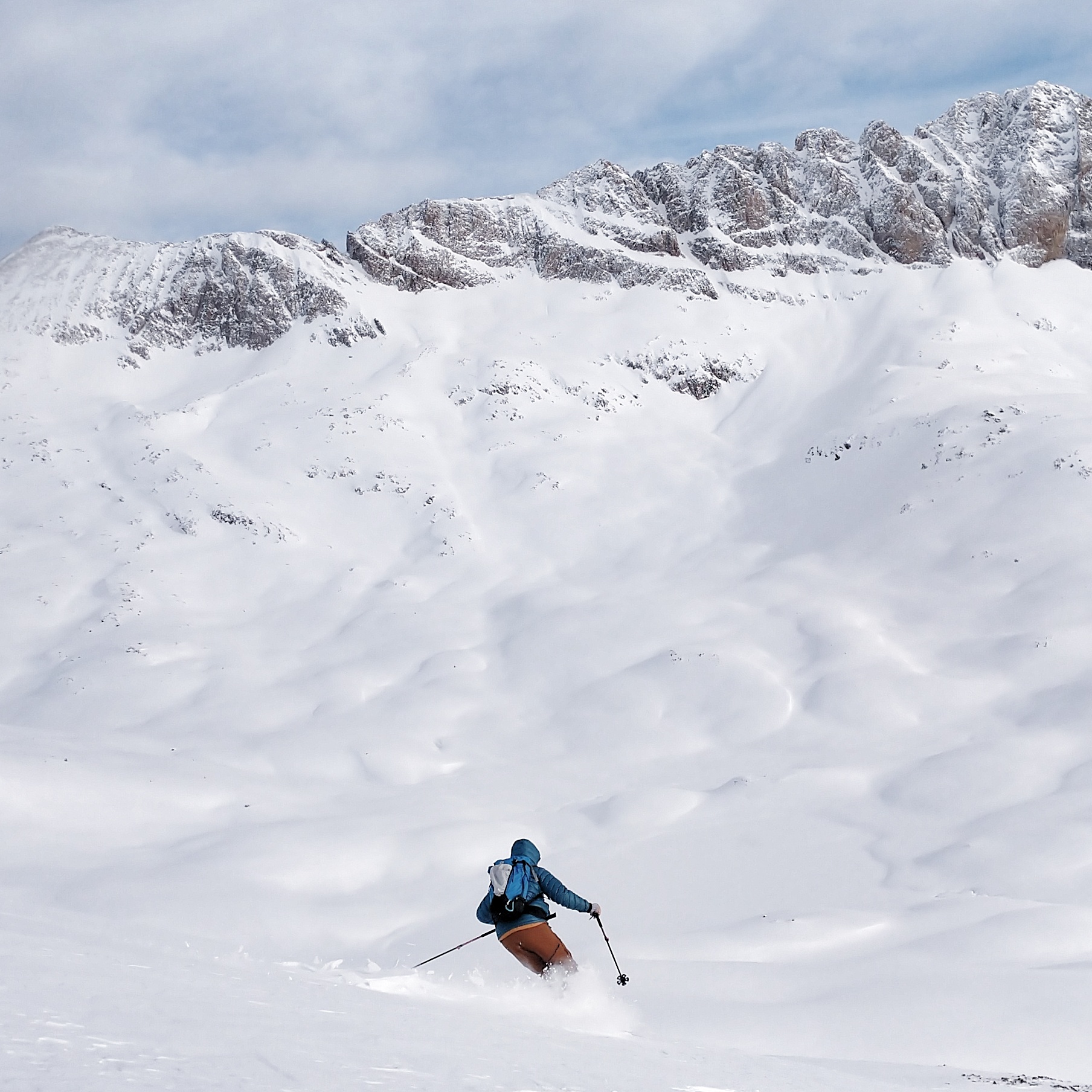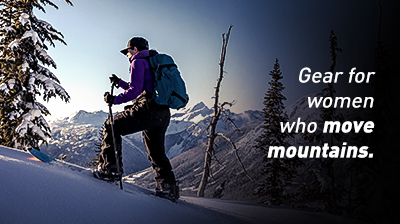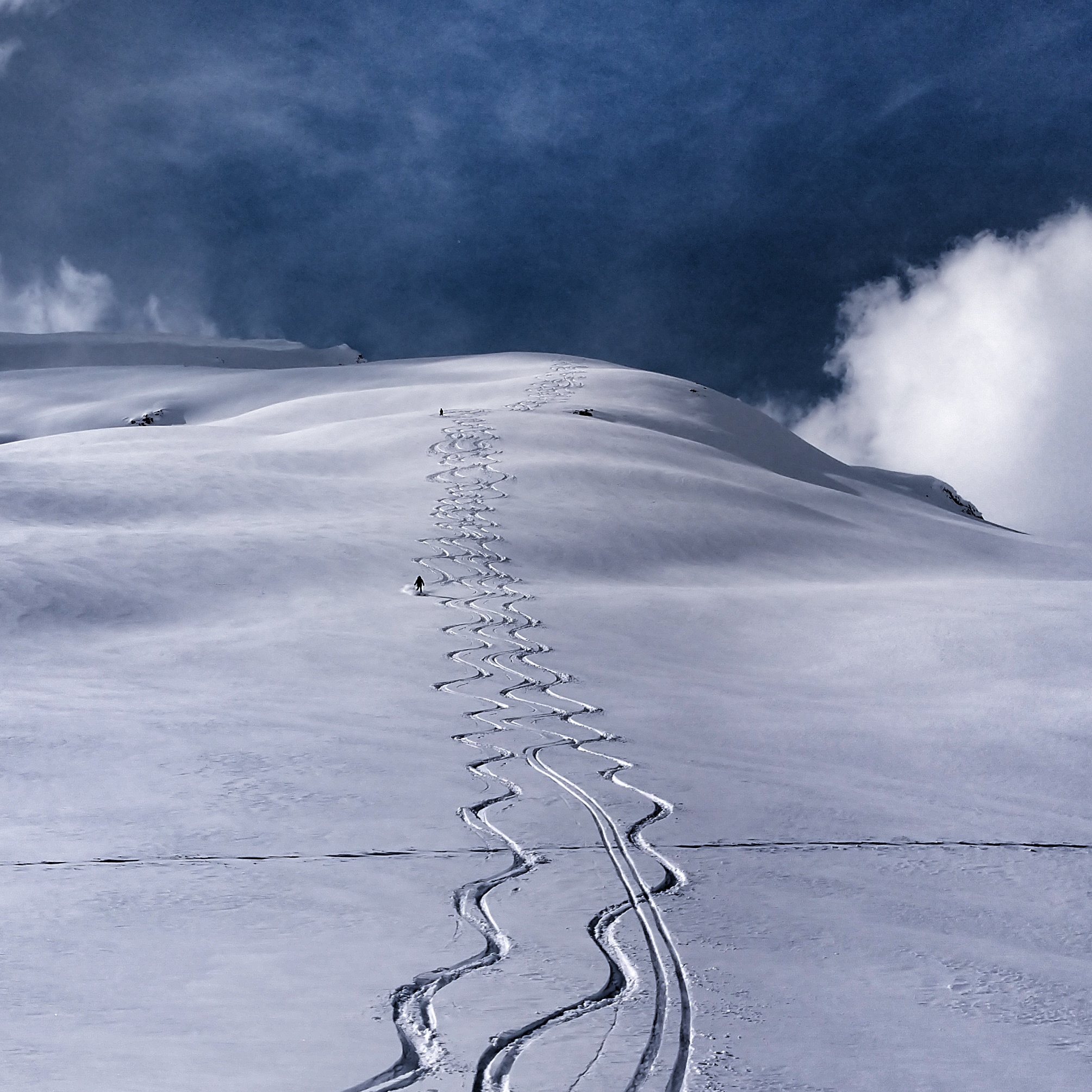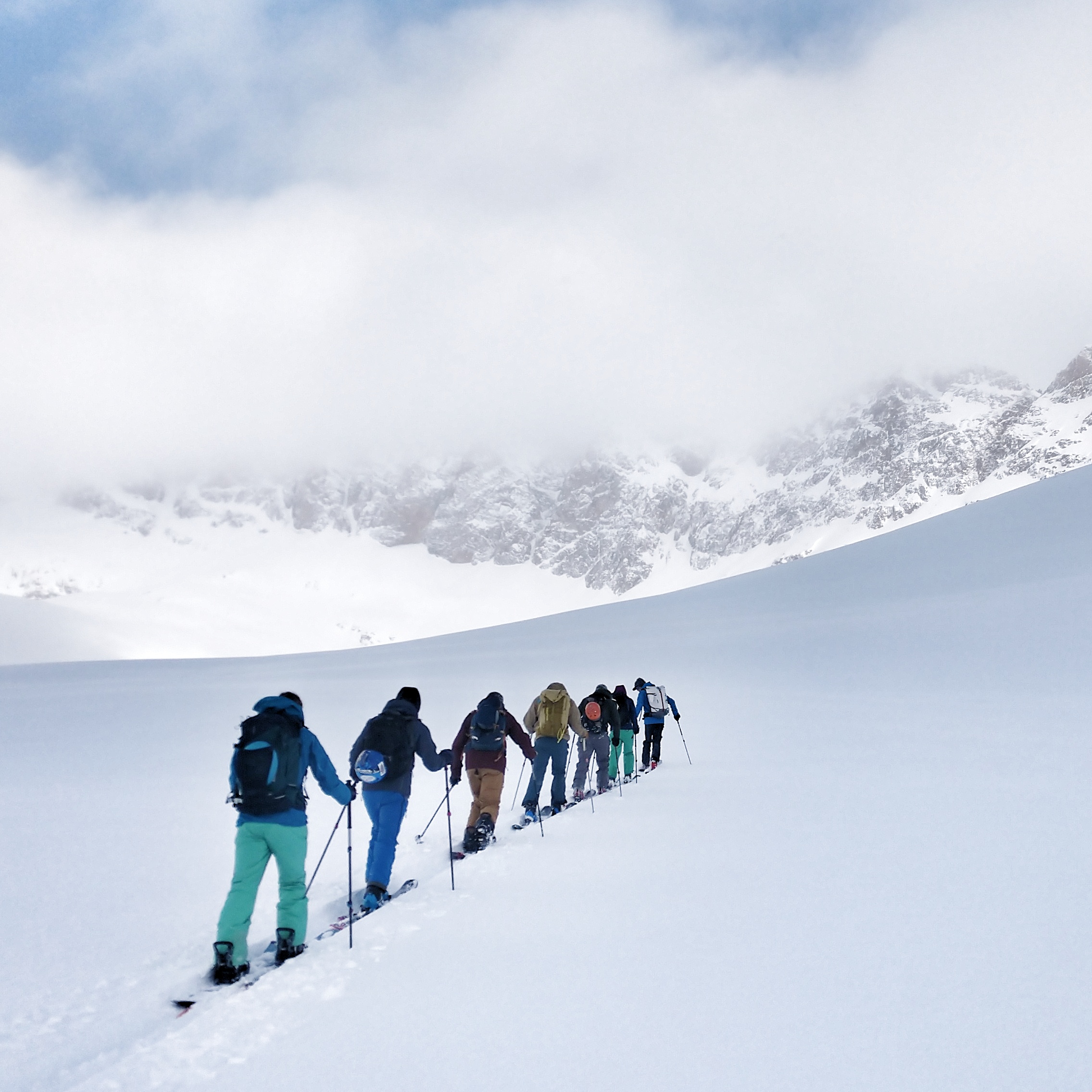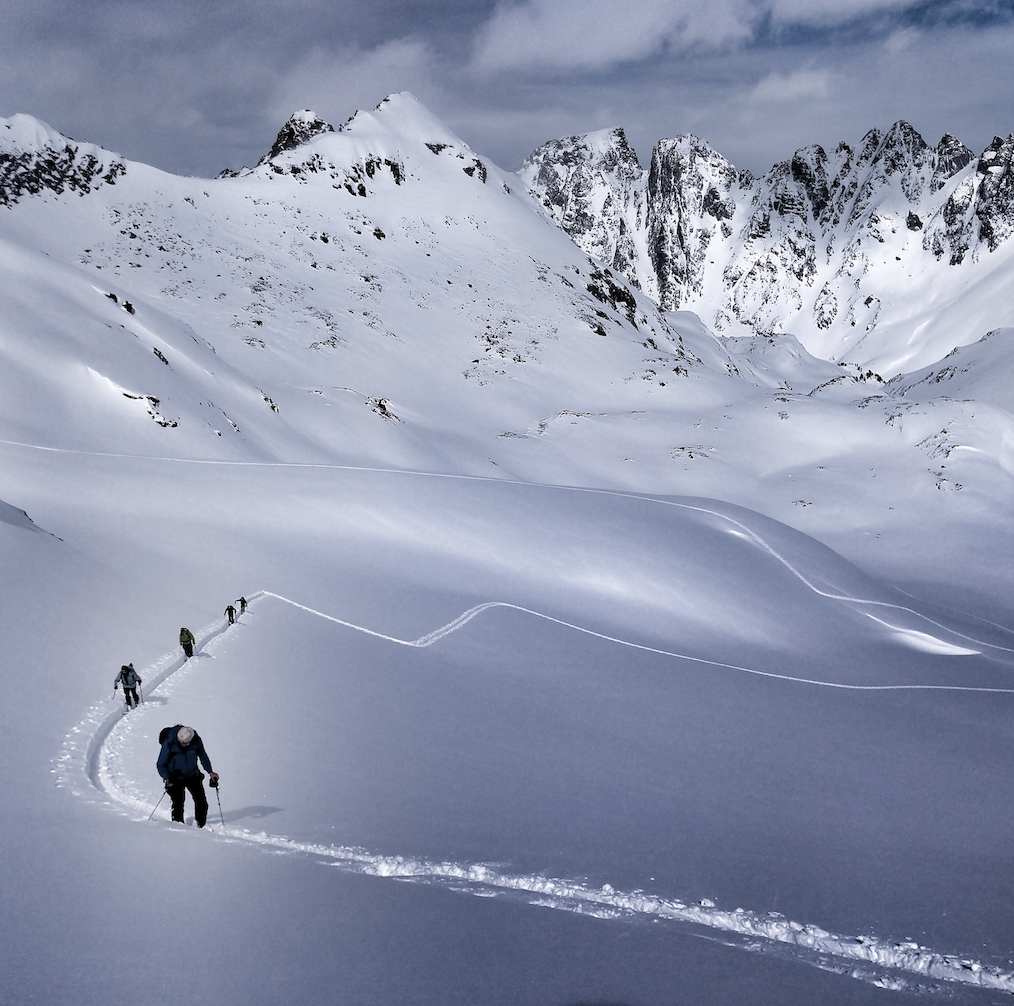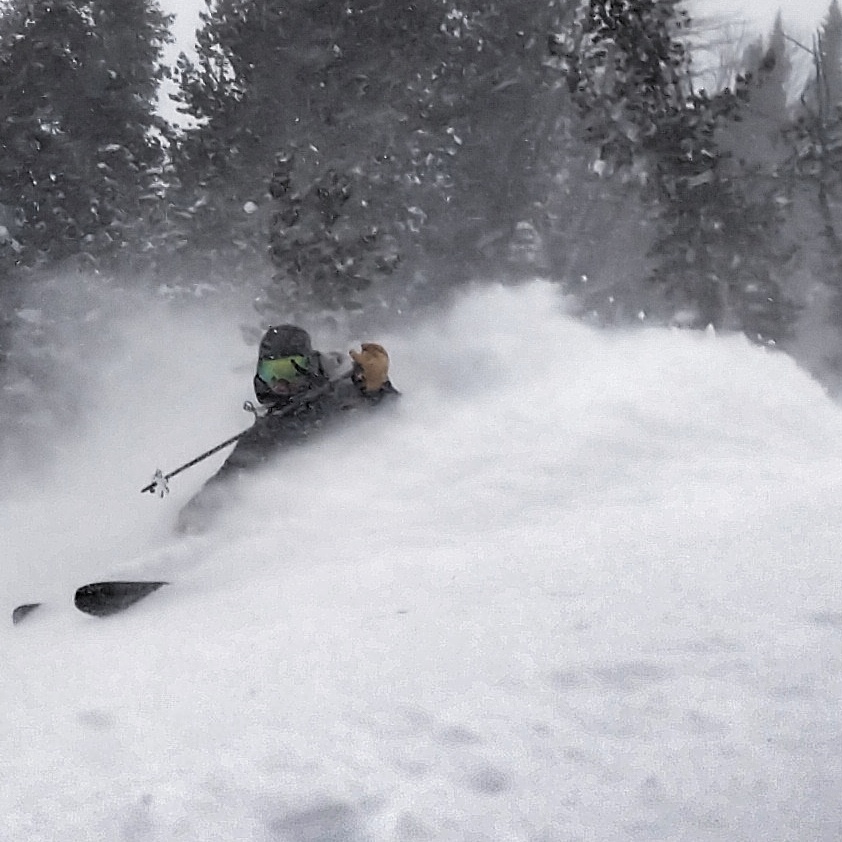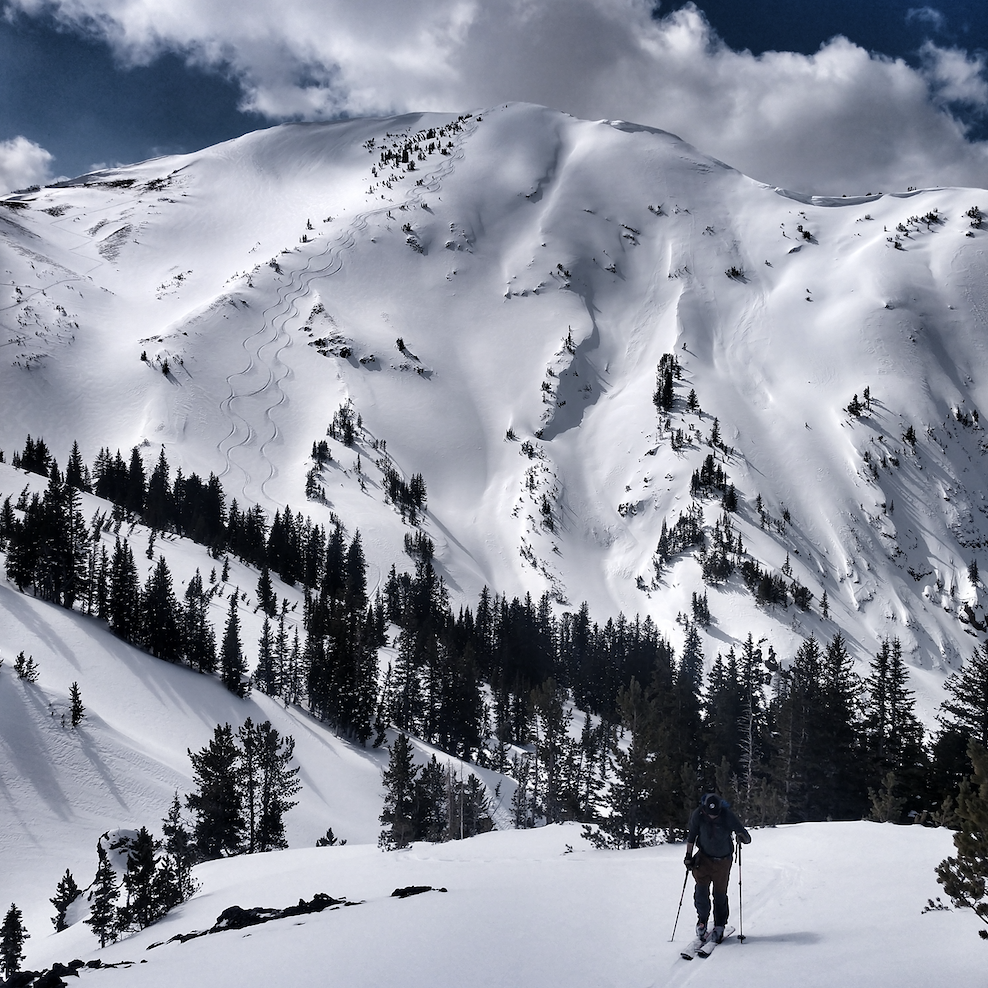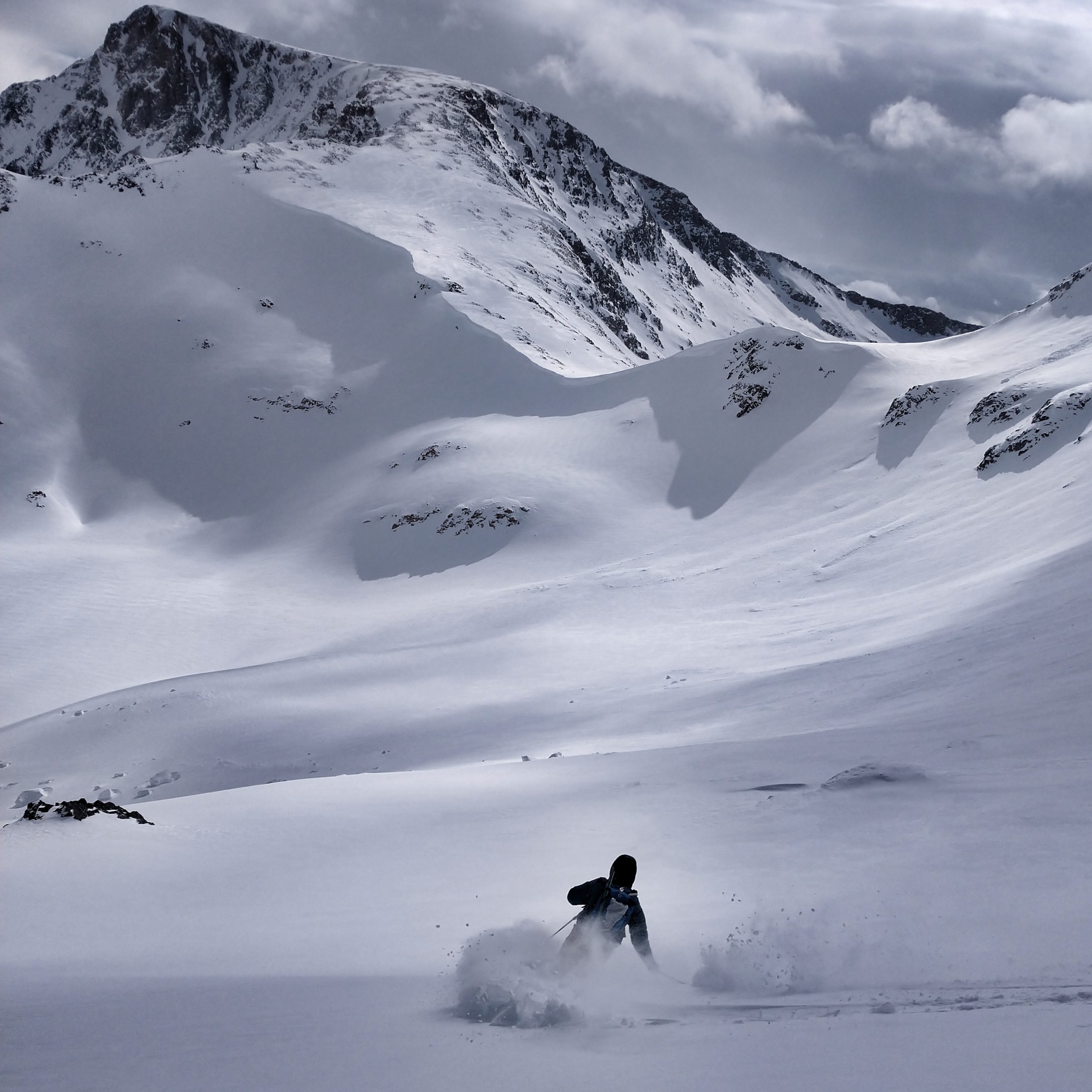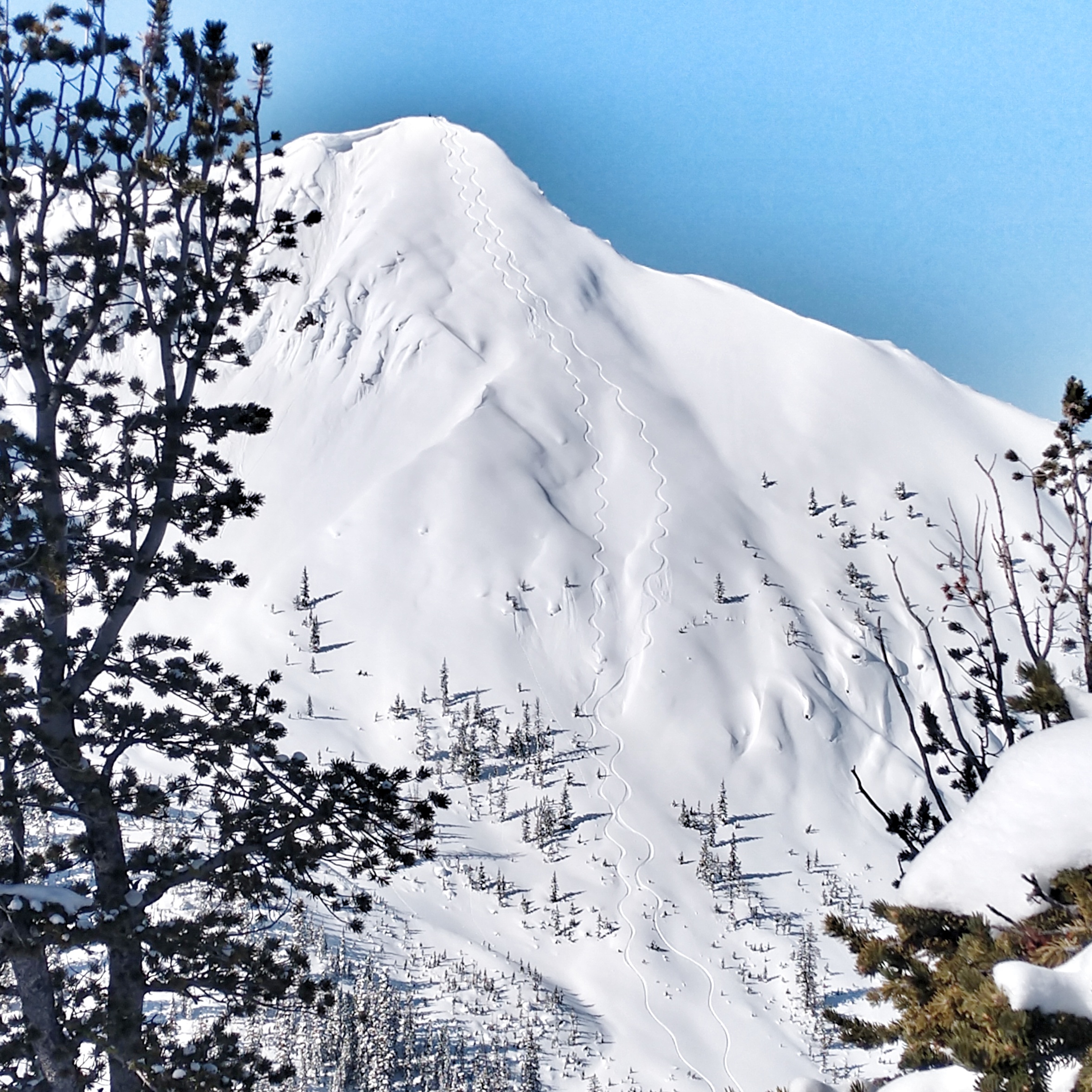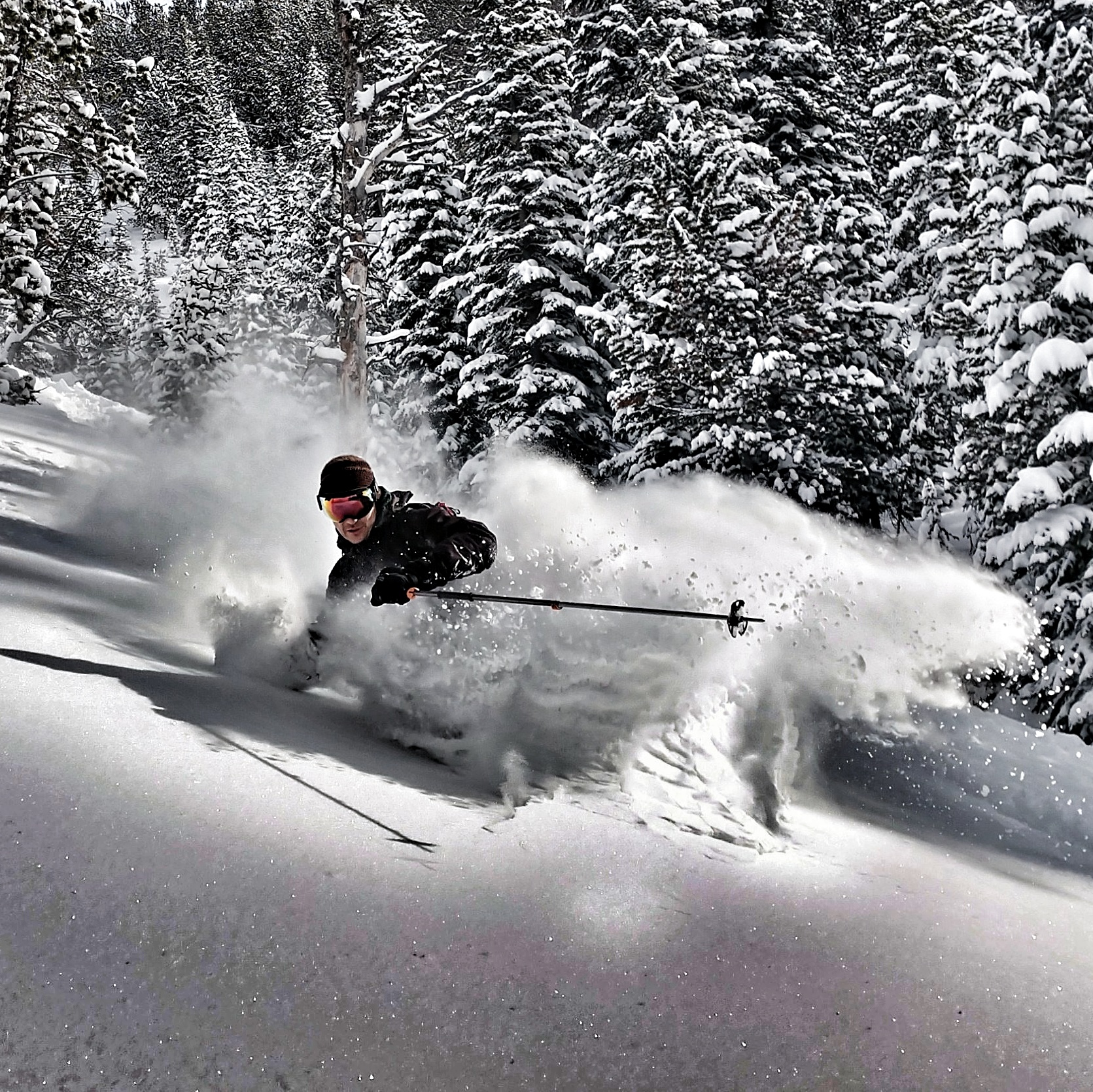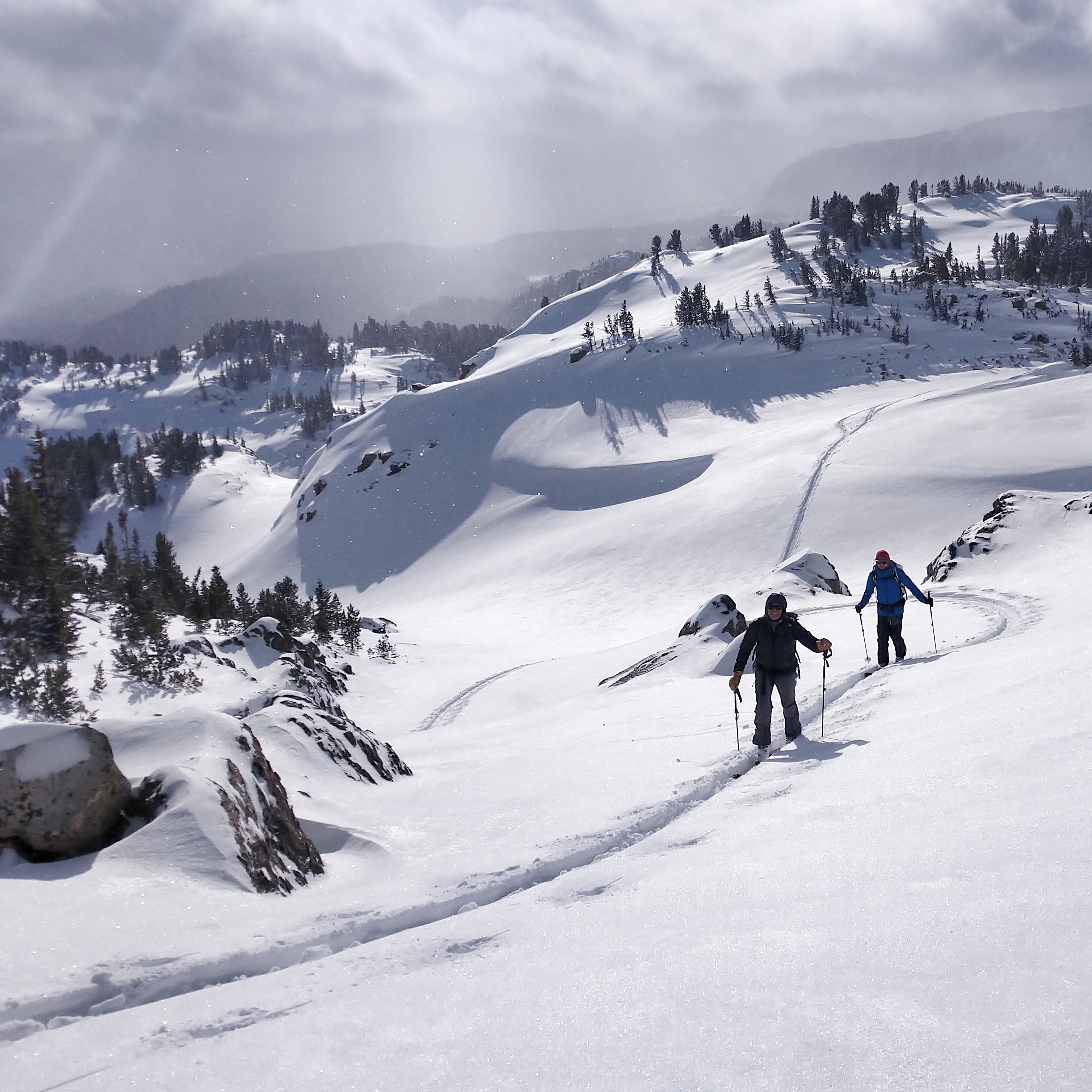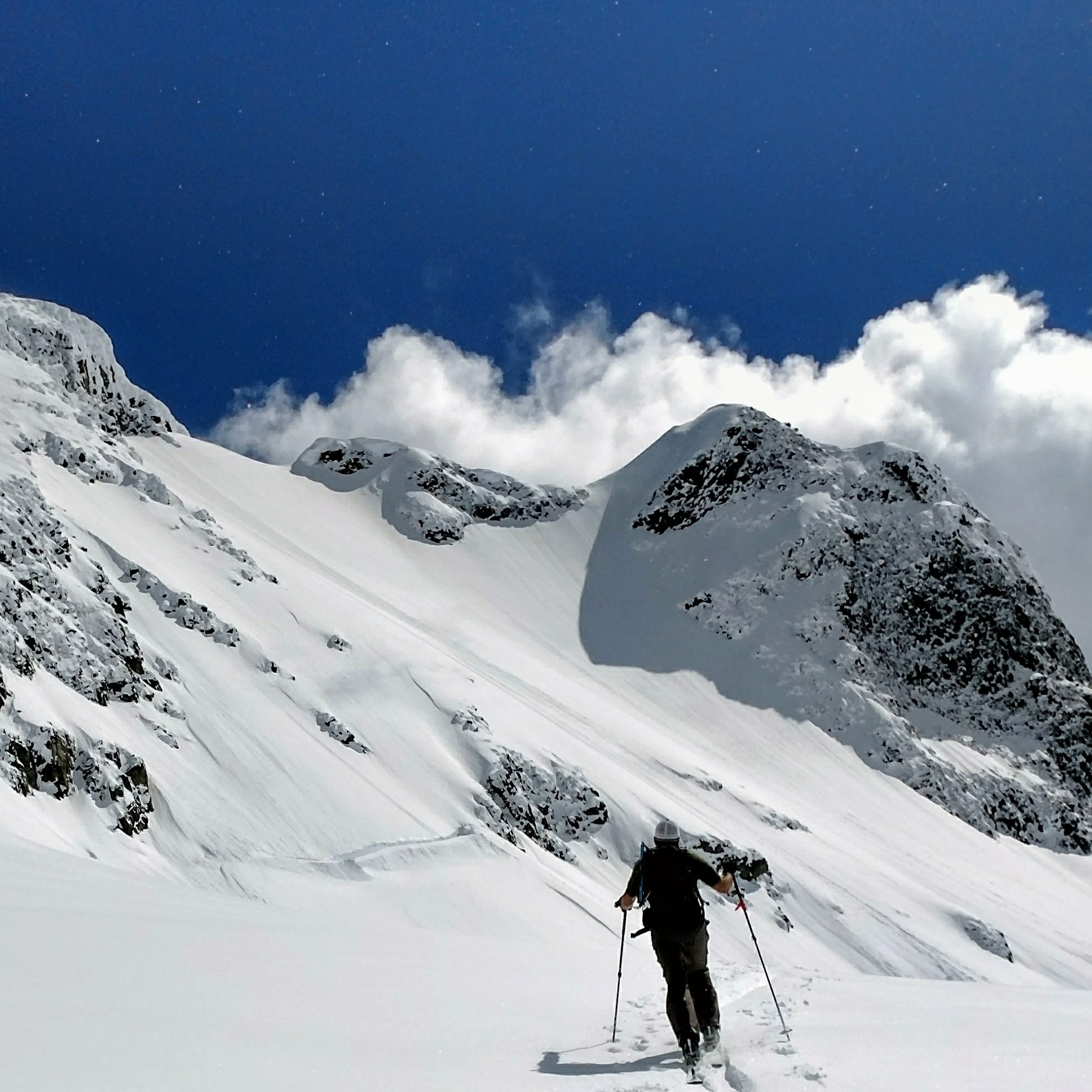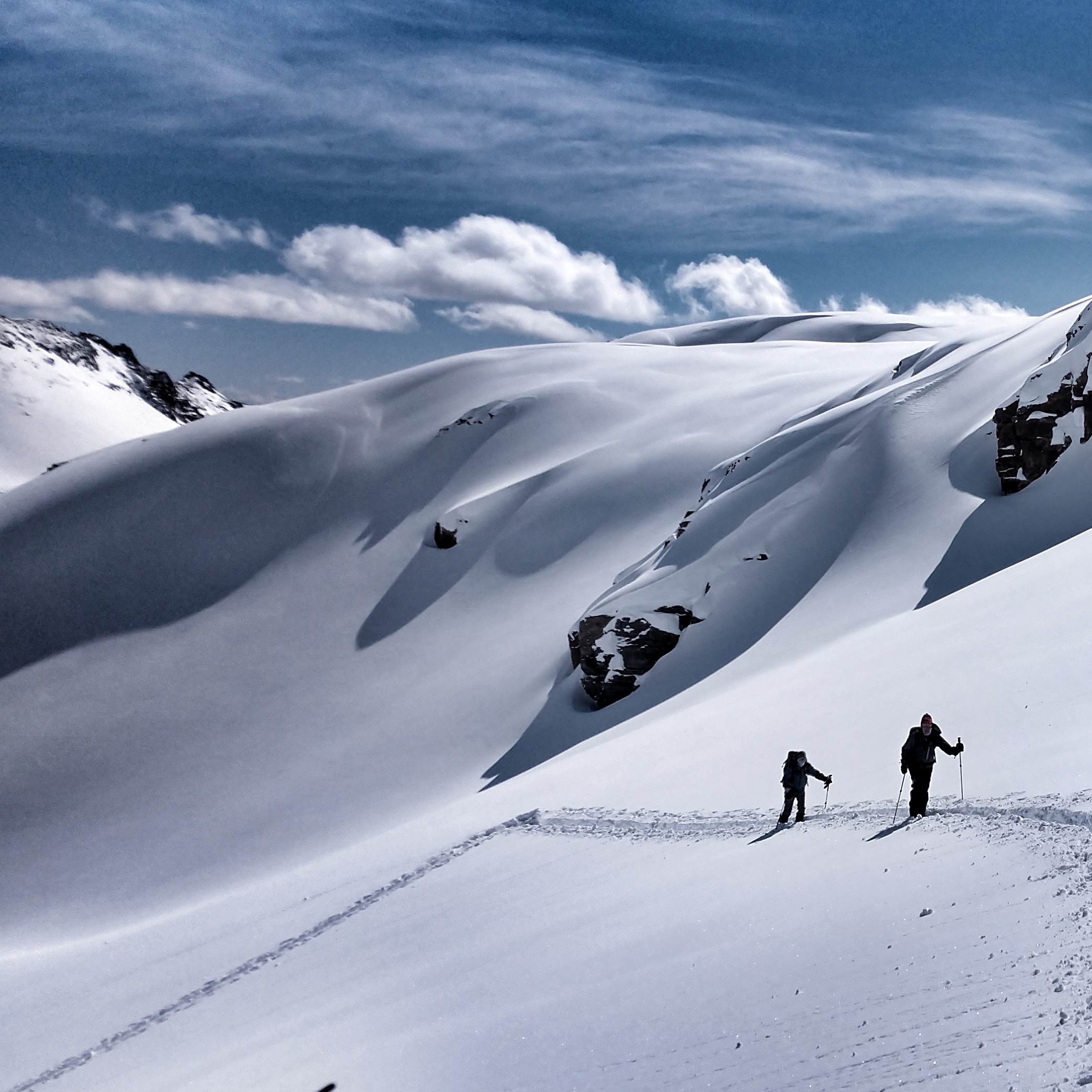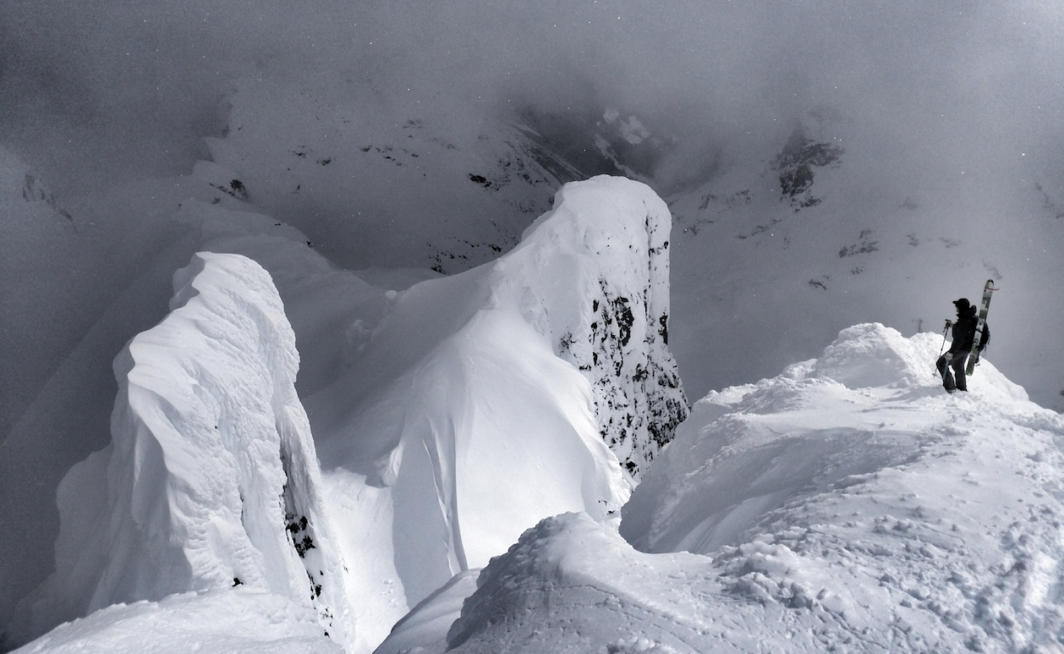
Risk Tolerance in the Mountains
Share this Post
Risk: possibility of loss or injury.
Tolerance: the act of allowing something.
From: Merriam Webster Dictionary
As I was descending from the summit of Mount Matier to the saddle of the NW Face for our ski descent, I was awestruck by the beauty of the glowing, rimed snow pillars on the ridge. Distracted for a brief second during the exposed descent, I let my boot crampons get too close to my calf. It caught on my pant leg causing me to fall forward. Fortunately, the crampon became detached from my pant leg and I was able to self arrest with my ice axe prior to plunging into the abyss off the south side of the mountain.
My risk tolerance in the mountains was deflated for the remainder of my spring skiing adventures that year. It has never fully “recovered.” The rest of that spring I found myself backing off more exposed lines. My ski partners were understanding and supportive and I never felt pressured to do things out of my comfort zone.
Still fun to be had on less exposed lines.
Changing Over the Years
I spend a great deal of time in the mountains for work with Beartooth Powder Guides, as well as play. I also read many accident reports from around the world. Risk tolerance is viewed differently by everyone and changes throughout their lives. I think it is safe to say risk tolerance in the mountains is very dynamic and decreases the older you get. So many factors play into an individual’s risk tolerance. Examples of a few things that may change risk tolerance include: having children, a personal close call or the close call of a friend, and/or the loss of a friend or peer in an accident.
I can personally attest to having changed in the realm of risk tolerance in the mountains. I realized no matter how educated and experienced you are in the realm of snow safety, snow WILL surprise you. The only way you can mitigate risk in the avalanche world, is by choosing routes with minimum exposure. That can take some of the fun out of things for sure, but life is a numbers game, no matter what you are doing. If you log enough miles in a car, odds increase you will be involved in an auto accident. If you spend enough time in avalanche terrain, odds increase that you will unintentionally trigger an avalanche.
Determine Acceptable Level of Risk
By this reasoning, the process I use to determine an acceptable level of risk and consequence is relatively simple. I avoid avalanche terrain when known persistent weak layers may be present. I avoid avalanche terrain when the danger rating is considerable/3 or higher. The world of snow safety is not 100 percent guaranteed. So even after the two previously mentioned criteria are met, the number one thing I consider is terrain and the implications (consequences) of getting caught in an avalanche in certain terrain. Terrain that ends in terrain traps (cliffs, gulleys, trees, etc.) is very unforgiving. It is impossible to avoid this type of terrain completely if you want to have fun skiing specific objectives in the mountains. Pick wisely the times you are going to ride in terrain that contains these characteristics. I refer to this as terrain as “unforgiving terrain.”
Consider the consequences of getting caught in certain terrain.
Match Terrain to the Group
Another factor I consider for determining an acceptable level of risk and consequence is snow quality. Unfortunately, some of the best times to ski the biggest ski lines are when it has been high pressure and stability is great. However the snow conditions may be highly variable and firm. Making sure everyone in your group’s ski ability is matched to the terrain and snow conditions is important. Just because it is within your acceptable risk tolerance in the mountains, does not mean the feeling is mutual for everyone in your group. You have to live with the consequence of someone else getting injured or killed, so it is important to pick appropriate terrain and conditions for everyone. Just like living through the current COVID-19 crisis, you have to take certain precautions to prevent yourself and loved ones from getting the virus.
Match the group’s ski ability to the terrain and snow conditions.
Step Back
Picking the times to be in high consequence (unforgiving) terrain is a life long learning experience that takes a lot of discipline and patience. Oftentimes it is a lot of trial and error to find the right time to be in high consequence terrain, so leave yourself plenty of margin for error. Stealing a thought from an avalanche mentor of mine, “Find your comfortable spot where you think you have left enough margin for error and then take another step back.”
Leave yourself a bit larger margin than you think you need when you are out in the mountains. Of course, you can definitely get away with a smaller margin and have a higher risk tolerance, until you don’t… Life is a numbers game.
All photos courtesy of Ben Zavora & Beartooth Powder Guides.
About the Author
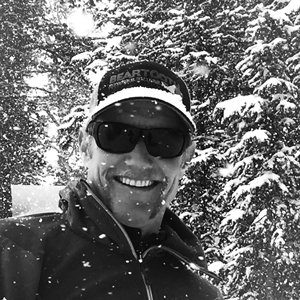
Ben Zavora
Location: Cooke City, MT
Instagram: @beartoothpowderguides
Facebook: Beartooth Powder Guides
Ben Zavora is an AMGA Certified Ski Guide and owner of Beartooth Powder Guides in Cooke City. Ben has been extensively exploring the backcountry of Montana, Idaho and California for the last 24 years and his enthusiasm for Powder skiing and Ski Mountaineering just seems to grow stronger each year. The goal of Ben and his guides at Beartooth Powder Guides in Cooke City, Montana is to “Create a socially significant business that encourages people to get outdoors and appreciate the beauty of the mountains, while sharing our enthusiasm and love for the wild places of Montana."
Share this Post



